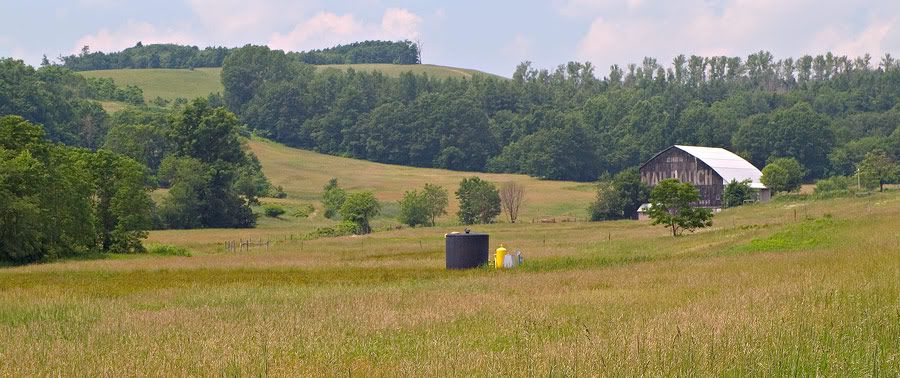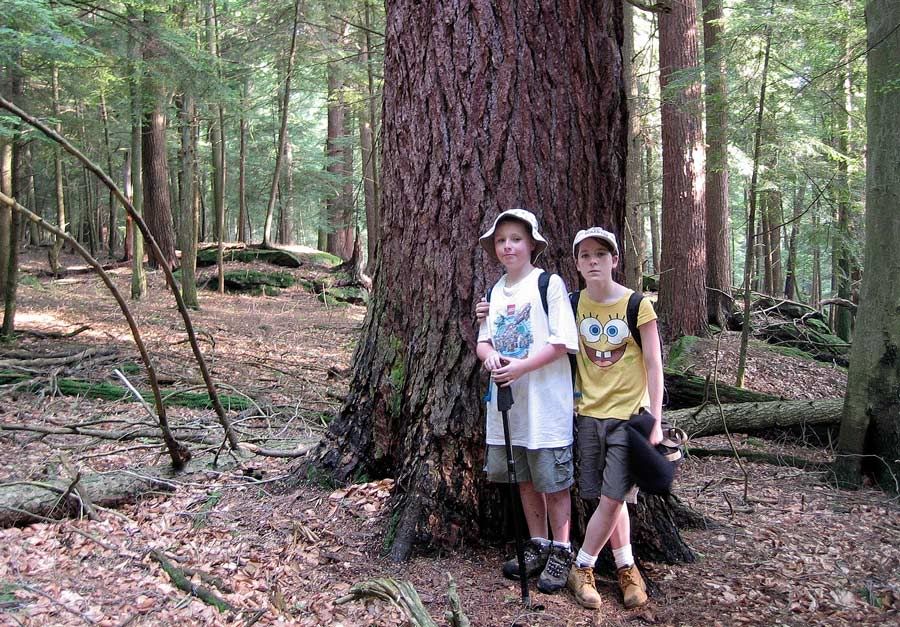
Brigid and Gus at Cook State Forest
Every summer for the last several years, when school lets out, I pack my children in a vehicle full of photography equipment and outdoor gear, and head out into the northeastern US.
I do this for several reasons:
One reason is to attempt to bond with my children, who tend otherwise to be illuminated more by the LCDs of a video screen, than by any remaining wisdom their father may have left to impart.
I also do a little photography.
It started in 2004 as a trip with my son Gus, driving around Pennsylvania to capture spring/summer images for what became Pennsylvania Seasons, a book of Commonwealth images with poetry contributed by native authors. My nine-year-old son put up with my prattling, carried my tripod, hung around as I planned out shots and fiddled with equipment, and endured the days we spent together. He was a wonderful companion.
He thus made a huge mistake.
After this, it became a tradition. The next year Brigid was added. My loving wife, who I think is grateful for a week of solitude and peace, is happy to stay home.
I love this trip every year. We camp, tour new places, hike, and at times, visit my relatives and old friends, particularly those that have children of similar age. We have visited the deepest old growth areas of the Allegheny National Forest, whitewater rafted on the Youghiogheny River, explored the baseball museum in Cooperstown, NY, toured the battlefields of Gettysburg on horseback, did the “rock scramble” at Mohunk Mountain, and visited the aquarium at the Inner Harbor of Baltimore. Last year, as we ate dinner on a deck in Annapolis, we watched as a line of historically severe thunderstorms pummeled the town.
I vainly try to keep it interesting.
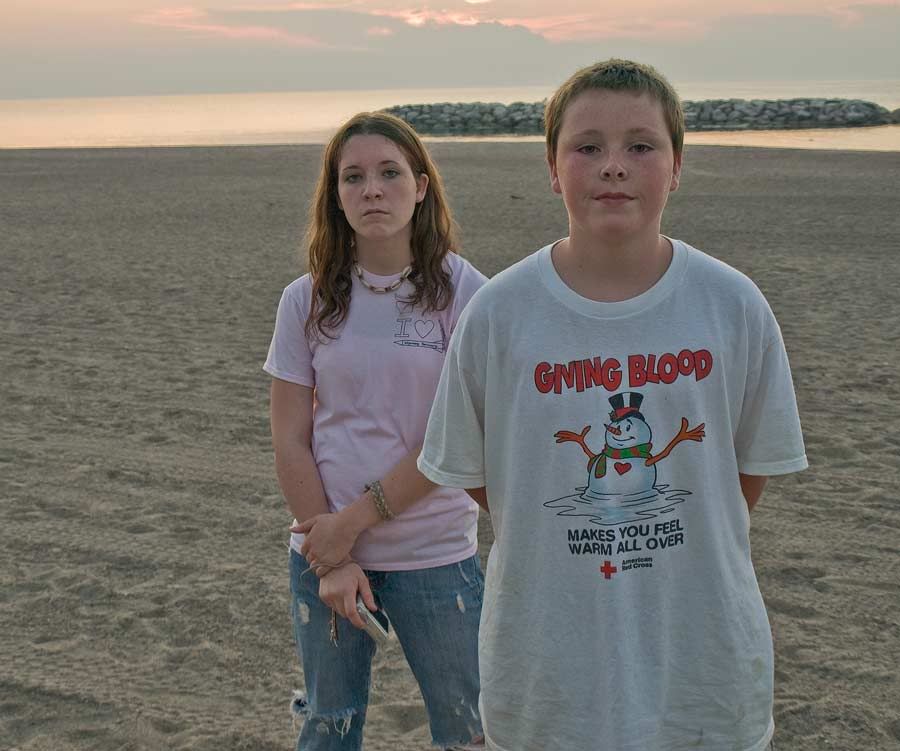
Brigid and Gus, Sunset Beach
The family tradition is that the kids hate the trip. It takes them away from the refrigerator, their computers, and their friends. They began very early on, referring to it as “Bad Dad’s Summer Camp”. They claim to consider it to be something to endure, so that they may enjoy the remaining summer.
Despite this, I love to spend time with my children, watching them interact with each other. I am lucky that they are close, and enjoy each other’s company. They seem to spend most of the week laughing.
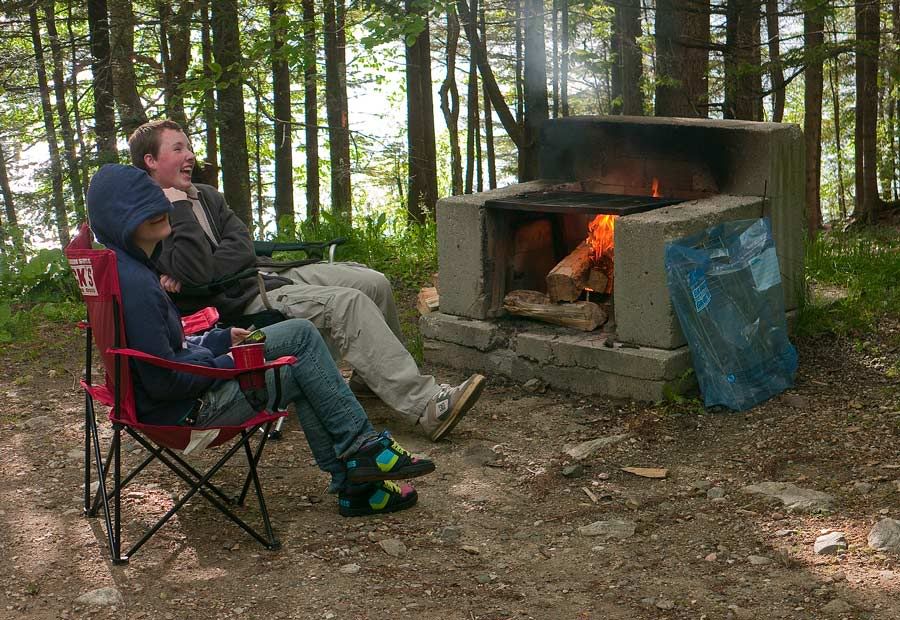
At the Fireplace at Woodford
I am proud to say that both of my offspring are experienced campers, with strong backpacking skills. “Car camping” is thus a breeze; one of my joys is watching my kids as they set up in the evening ( I generally sit in a comfortable chair, eating corn chips with a nice spicy salsa, with a cold drink close at hand). Of course, I critique their efforts as any good parent would. It is rewarding to watch one’s children demonstrate competence in skills that they will undoubtedly pass on to their offspring (though they adamantly deny that this will ever happen).
I admit to some issues. I do snore… apparently, in fact, loudly. We bought Gus a backpacking tent a year ago for use at the Philmont Boy Scout Reservation. He now demands to sleep in it, on our trips, as far from where I am sleeping as the campsite will allow. Brigid tragically, is stuck in a two room tent with me. The dividing wall is made of nylon which offers little in the way of sound insulation. She sleeps, no matter what the temperature, with her head buried in the “mummy bag” groaning at me occasionally when I reach a crescendo.
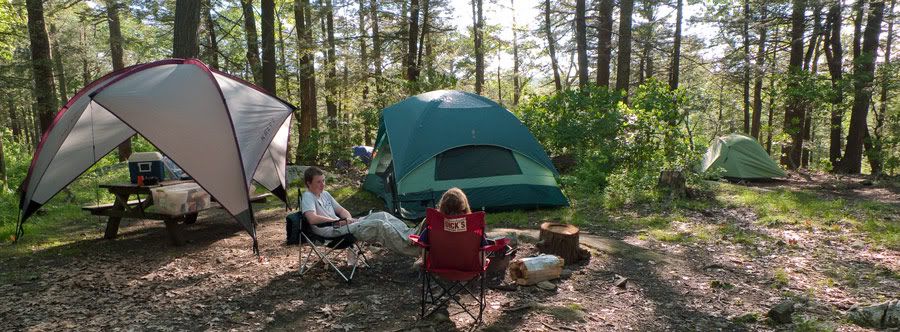
Tha Camp at Fahnstock
Like most teens, my kids have a delayed sleep phase, preferring to “sleep in” for the morning. This has begun to work out for me as I can’t seem to sleep past the first bird call in the morning, which as it turns out, in the first weeks of June, happens about 5am. Now that the kids are older I am more comfortable leaving the campsite while they sleep. I arise before the sun, my gear already prepared in the car. When the weather is right, this can work out really well.
In Vermont, several weeks ago, we had pitched on the shores of large lake on what was already an unseasonably cool night.
A front passed, dropping an hour’s worth of rain just after we had retired to the tents. The sky then cleared and the temperature dropped further, ultimately into the low 40’s.
I knew on awakening that the atmospherics would be interesting… and they were. The lake was shrouded in a fog that moved deliberately over the water. A more subtle mist clouded the atmosphere elsewhere, leaving heavy dew on the marsh plants of the boggy wetlands that were a prominent feature of this state park. I spent the hour or so around sunrise walking on the lakeshore and exploring the surroundings, shooting with both the Nikon D700 and the Panasonic GH1 to a soundtrack of flutelike birdsong and distant loon calls.
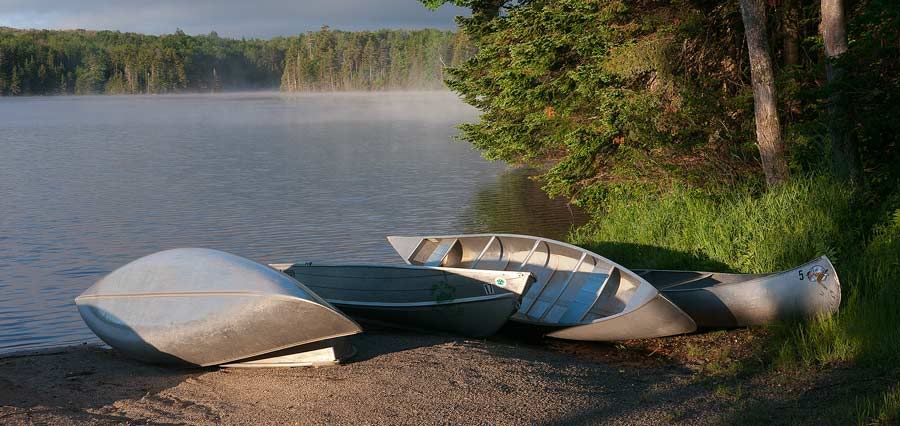
Canoes and Rowboats, Woodford State Park
Finally with the passage of time, the sun angles became less interesting and the fog very suddenly dissipated. I trudged back to the tents, the kid’s rhythmic breathing signaling that for now at least, they remained oblivious to the beautiful day evolving around them. It still being chilly I restarted the fireplace, zipped up my fleece and made coffee, then settled in with a book, waiting for them to awaken.
With Brigid on her way to college next year, I don’t know for sure for how many years I will have this time with them in June.
I love this trip. I really hope we have at least a few left.

